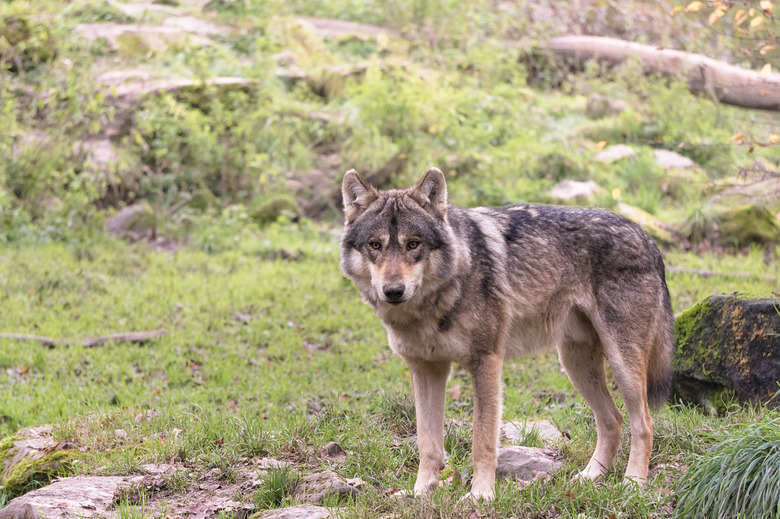What Happens When The Top Predator Is Removed From An Ecosystem?
Top predators are the animals that occupy the position at the top of a food web. Examples of top predators include sharks and wolves. Top predators play an important role in maintaining the balance and biodiversity of an ecosystem. If the top predator is removed from the delicate balance of any particular ecosystem, there may be disastrous effects for the other plants and animals that inhabit the environment.
Trophic Cascade
Trophic Cascade
When a top predator is removed from an ecosystem, a series knock-on effects are felt throughout all the levels in a food web, as each level is regulated by the one above it. This is known as a trophic cascade. The results of these trophic cascades can lead to an ecosystem being completely transformed. The impacts trickle down through each level, upsetting the ecological balance by altering numbers of different animal species, until the effects are finally felt by the vegetation.
Plant Life
Plant Life
When a top predator is no longer present, populations of their herbivorous prey begin to boom. Without a top predator to regulate their numbers, these animals put a great deal of pressure on the existing vegetation that they require for food and can destroy large amounts of plant life, such as grasses and trees. This then causes further problems, such as soil erosion and loss of animal habitat. Eventually, humans are also impacted due to the resulting lack of soil fertility and clean water that depend on these plants.
Competition and Biodiversity
Competition and Biodiversity
Another problem involving the loss of vegetation is the competition that is created between herbivorous species. Competition between species for the remaining plant life is high and weaker species lose out to stronger ones, leading to the potential loss of weaker animals, as well as plant species. Increased competition, therefore, leads to a lack of biodiversity. In contrast, top predators often have varied diets, which means they can pursue a new food source if one is running low, preventing the first source from being eradicated completely. This is one of the ways that top predators are able to maintain biodiversity and the balance of an ecosystem.
Fear Factor
Fear Factor
The presence of a top predator also helps to maintain balance in an ecosystem by influencing the behaviour and movements of its prey through the fear of being caught. Animals that are prey to a top predator will move around in order to avoid it. This prevents plants and animals in any particular area of an ecosystem from being over-consumed, preserving food sources and habitats. In the absence of top predators, this regulation disappears, allowing certain areas of vegetation to be destroyed completely.
Cite This Article
MLA
Ames, Hayley. "What Happens When The Top Predator Is Removed From An Ecosystem?" sciencing.com, https://www.sciencing.com/happens-top-predator-removed-ecosystem-8451795/. 22 November 2019.
APA
Ames, Hayley. (2019, November 22). What Happens When The Top Predator Is Removed From An Ecosystem?. sciencing.com. Retrieved from https://www.sciencing.com/happens-top-predator-removed-ecosystem-8451795/
Chicago
Ames, Hayley. What Happens When The Top Predator Is Removed From An Ecosystem? last modified August 30, 2022. https://www.sciencing.com/happens-top-predator-removed-ecosystem-8451795/
